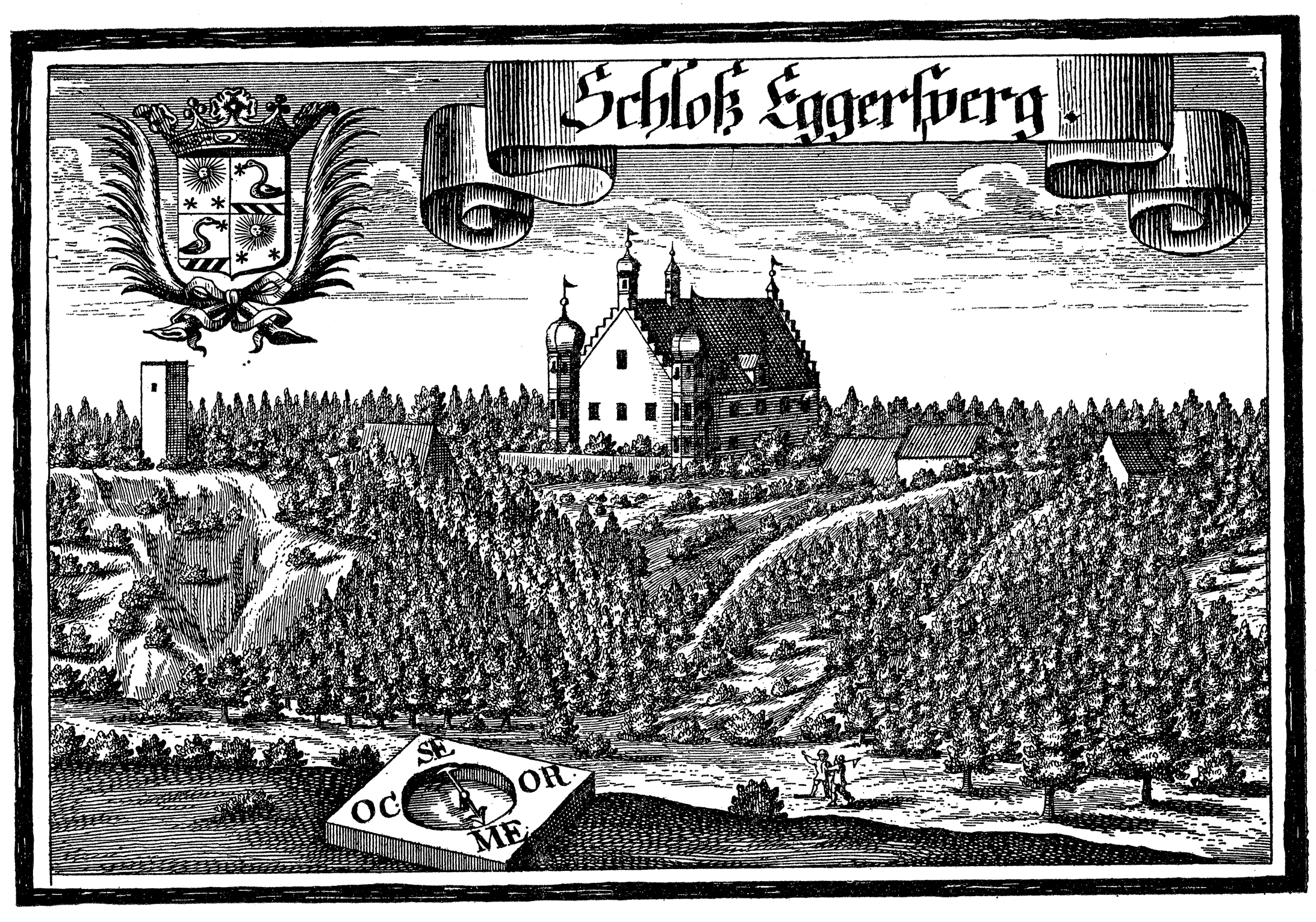Hofmark

The term "Hofmark" is derived from the legal structures of the Duchy of Bavaria
It describes the smallest administrative unit in which what was known as the lower (or simple) jurisdiction was applied. The term "Hofmark" came into use around the mid-12th century.
There were two different forms of Hofmark, the "closed" and the "open". In a closed Hofmark, even members of other jurisdictions were subordinated to the lord of the Hofmark, whilst in an open Hofmark, the jurisdiction of a person's actual lord prevailed. The Eggersberg Hofmark, with its divisions of Thann, Harlanden, Georgenbuch, Oberhofen, Untereggersberg and Tachenstein was a closed Hofmark, whose next-highest court in those days was the regional court.
At the beginning of the 19th century, the "patrimonial courts" were created from the Hofmarks.
The lords of the Hofmark that ruled for the longest in Eggersberg were the barons de Bassus, who sat in Eggersberg from 1684 to 1947. The revolution in Bavaria in 1848 saw the abolition of the power and privileges of the lords of the Hofmark.

